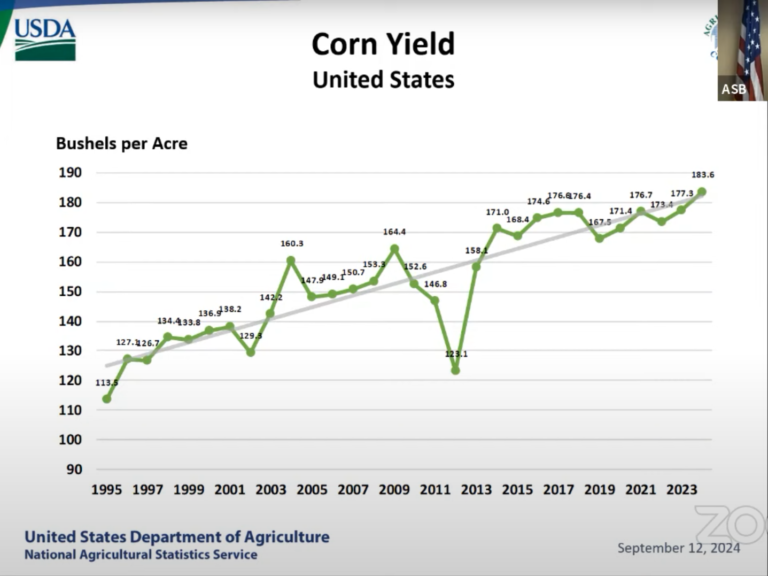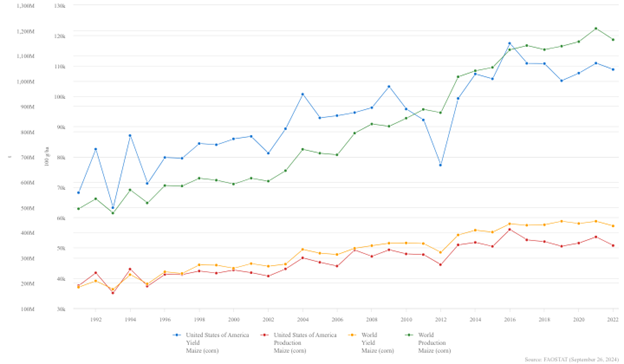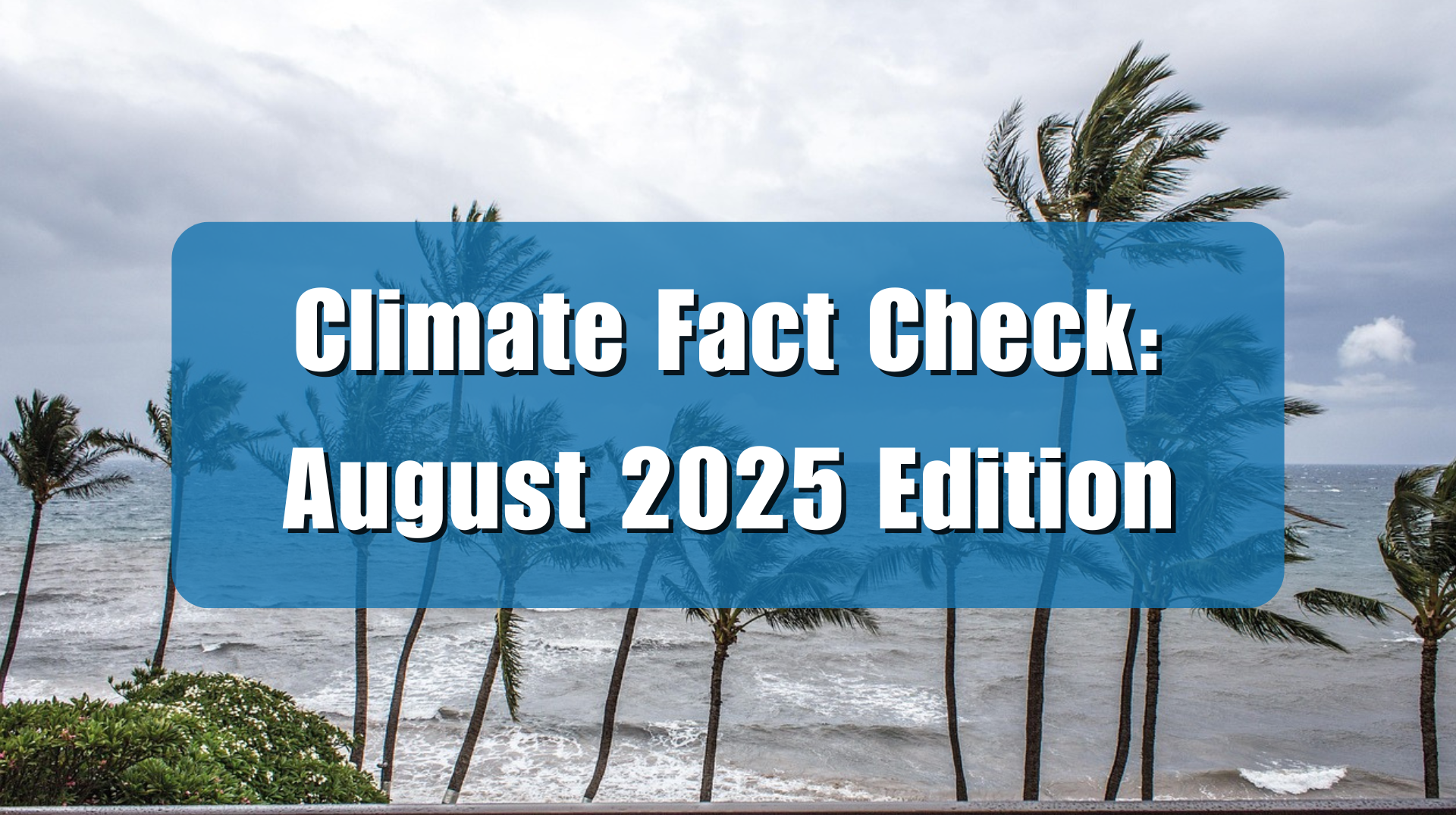The Associated Press (AP) released a story claiming climate change is causing windstorms to worsen, threatening corn production, leading farmers to consider a new short corn variety. This story is false on almost every front. If farmers are considering a newly developed corn variety, its due to clever marketing by the company developing the crop, not changing climate conditions. Wind speeds and storms haven’t been increasing, aren’t forecast to at any time in the foreseeable future, and corn yields and production continue to set records with existing corn types.
The AP story, titled, “‘Short corn’ could replace the towering cornfields steamrolled by a changing climate,” the news agency writes:
Taking a late-summer country drive in the Midwest means venturing into the corn zone, snaking between 12-foot-tall green, leafy walls that seem to block out nearly everything other than the sun and an occasional water tower.
. . .
But soon, that towering corn might become a miniature of its former self, replaced by stalks only half as tall as the green giants that have dominated fields for so long.
The short corn developed by Bayer Crop Science is being tested on about 30,000 acres (12,141 hectares) in the Midwest with the promise of offering farmers a variety that can withstand powerful windstorms that could become more frequent due to climate change. (emphasis mine)
The facts tell a different story, however. Long corn is in no way being “steamrolled.” Corn yields and production continue to set new records, with some regularity, and there is no evidence that windstorms are becoming more frequent, or that wind speeds are increasing.
To the latter point first. The AP and other mainstream media outlets usually treat reports and pronouncements of the U.N. Intergovernmental Panel on Climate Change (IPCC) as authoritative on climate change. The IPCC’s latest report is clear concerning the impacts of climate change on wind speeds and damaging windstorms: no change has been detected at present; and, under the even the most extreme climate scenario, no change is anticipated in the foreseeable future, through 2100 at least. (see the figure, below)

So much for the AP’s claim that worsening winds pose a threat to corn production.
Data from the U.S. Department of Agriculture (USDA) and the U.N. Food and Agriculture Organization (FAO) also show no climate change impacts on corn yields or production in the United States or globally.
A recently updated USDA report says that corn yields are expected to set a new record in 2024, increasing by 0.5 bushels per acre over the previous estimate, and by a full six bushels per acre of the previous record set in 2023. (See the graph, below)

Data from the FAO confirm the USDA’s findings concerning U.S. corn production and also determine that corn production and yields are regularly setting records around the world as well. Between 1990 and 2022 (the last full year of FAO records), spanning the three decades climate alarmists commonly assert have been the warmest on record:
- Corn yields in the United States have increased by nearly 60 percent’
- Corn yields globally have increased by more than 54 percent.
On record yields, crop production has similarly set new records repeatedly as well between 1990 and 2022. (See the graph, below)

Even if, contrary to the AP’s suggestion, corn production is not being harmed by worsening climate conditions, Bayer’s short corn variety may prove beneficial for farmers. It seems that, per the AP, “[t]he smaller plants also let farmers plant at greater density, so they can grow more corn on the same amount of land, increasing their profits.” The shorter corn may also use less water. Both conditions should, in theory, make corn production more profitable, regardless of climate change, so there is a bit of good news in the AP’s otherwise unjustifiably foreboding climate change tale.
























So my real question, will there be enough silage for the few milk cows still in production in the northern midwestern states? We(hah) I looked forward to spring when the milk cows went out to graze on fresh grass. The milk went from soured fermented corn silage to fresh sweet grass. It was a lovely taste treat that not everyone enjoyed. The paper 2 cent milk carton. The cream under the lid of the milk bottle. You should have been there.
I have been hunting corfields for pheasants for decades. 12 foot tall corn? It might be out there but I have never seen it. I also doubt the author of the AP article has visited farm country much. Sounds like a Jack and the Beanstalk fantasy tale to me.